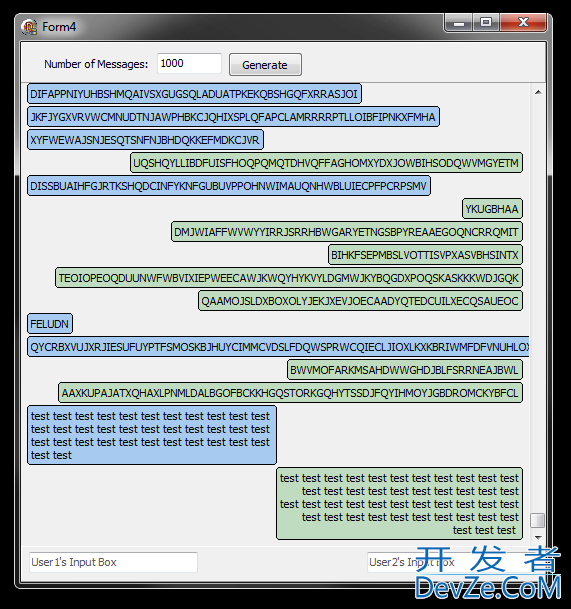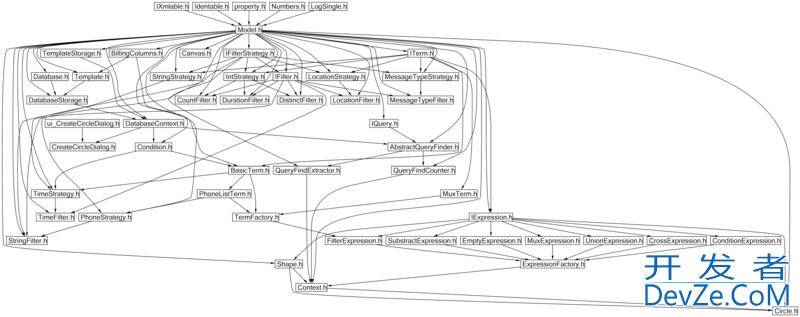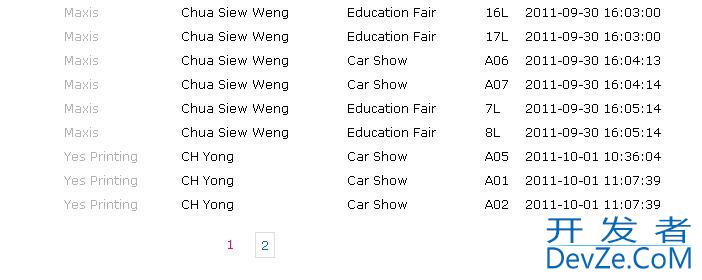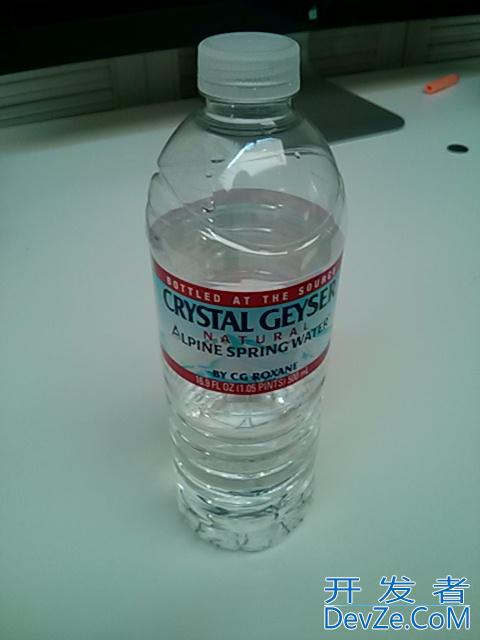I'm preprocessing some data that users upload, and I want to tell them if any lines of the data are invalid. I figured it'd make sense to check each line, if there are errors add that line number to a hashset of errorlines, then when outputting check if the current index is in the ha开发者_如何学编程shset, and highlight that row.
Here's the relevant jsp:
<table>
<tr>
<s:iterator value="prettyNames">
<th><s:property /></th>
</s:iterator>
</tr>
<s:iterator value="importList" status="stat">
<tr class="class="${lineErrors.contains(%{#stat.index}) ? 'highlight' : ''}"">
<s:iterator>
<td><s:property /></td>
</s:iterator>
</tr>
</s:iterator>
</table>
Where highlight sets the background color red. However I get a warning in Eclipse saying ""test" does not support runtime expressions" and the page returns a 500 error, "According to TLD or attribute directive in tag file, attribute test does not accept any expressions".
What is the correct way to highlight arbitrary lines in a table?
The reason you're seeing this error is because you're trying to evaluate a standard JSP EL expression inside of a Struts2 tag attribute, in this case "test". You need to use the OGNL notation with S2 tags, like so (assuming lineErrors resolves against the ValueStack):
<table>
<tr>
<s:iterator value="prettyNames">
<th><s:property /></th>
</s:iterator>
</tr>
<s:iterator value="importList" status="stat">
<s:if test="%{lineErrors.contains(#stat.index)}">
<tr class="highlight">
<s:iterator>
<td><s:property /></td>
</s:iterator>
</tr>
</s:if>
<s:else>
<tr>
<s:iterator>
<td><s:property /></td>
</s:iterator>
</tr>
</s:else>
</s:iterator>
</table>
Of course the shorter way would be something like this, where you nest the S2 property tag inside the class attribute, but this is less readable:
<table>
<tr>
<s:iterator value="prettyNames">
<th><s:property /></th>
</s:iterator>
</tr>
<s:iterator value="importList" status="stat">
<tr class="<s:property value='%{lineErrors.contains(#stat.index) ? "highlight" : ""}' />">
<s:iterator>
<td><s:property /></td>
</s:iterator>
</tr>
</s:iterator>
</table>
The way you have it is not valid XHTML. You cannot have the <tr> tag started where ever you please. I would re-write this as something like
<tr class="${lineErrors.contains(%{#stat.index}) ? 'highlight' : ''}">
<!--whatever-->
</tr>
That's what I would do in something like Facelets, so probably the EL works the same way in struts. I'm not sure I understand the %{#... maddness that's happening




![Interactive visualization of a graph in python [closed]](https://www.devze.com/res/2023/04-10/09/92d32fe8c0d22fb96bd6f6e8b7d1f457.gif)



 加载中,请稍侯......
加载中,请稍侯......
精彩评论